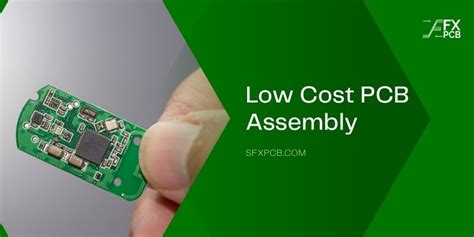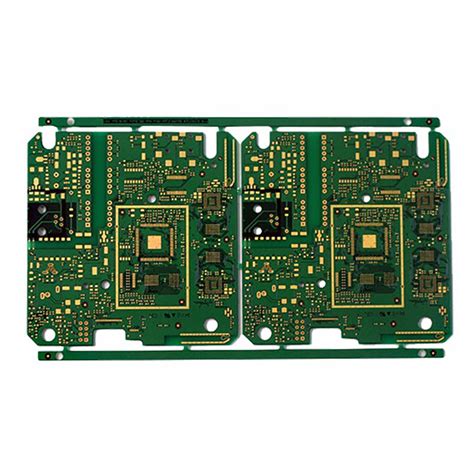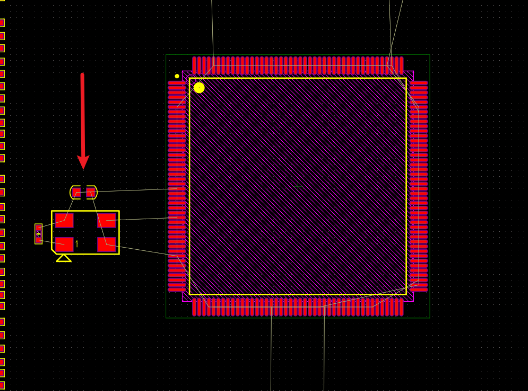The seven new and old QC techniques you need to know in the PCB factory
PCB factories need to ensure the quality of PCBs, so they must understand the seven new and old QC techniques. The new seven techniques, also called the new seven tools for quality control, are mainly used to solve some management problems with more convenient techniques. Compared with the original “old” seven techniques for quality control, it is mainly used in middle and senior management, while the old seven techniques are mainly used in specific practical work. Therefore, the new seven techniques are used in some companies with more rigorous management systems and higher management levels.
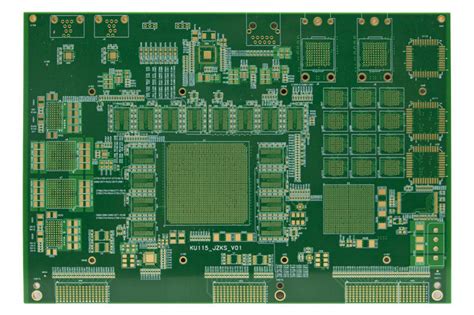
1.Origin
The new and old seven tools were summarized by the Japanese and are used in many factories. PCB factories also use them on a large scale. After the Japanese proposed the old seven tools and achieved success, they proposed the new seven tools in 1979. The reason why they are called “seven tools” is that ancient Japanese warriors often carried seven weapons when they went out to fight. The so-called seven tools are the seven weapons used.
Of course, there are more than seven useful quality statistical management tools. In addition to the old and new seven tools, commonly used tools include experimental design, distribution charts, and transition charts.

2. Old seven tools
The old seven techniques of QC refer to: checklist, stratification method, Pareto chart, cause-and-effect diagram, scatter diagram, histogram, and control chart.
In a sense, the implementation of the seven techniques of QC to a certain extent shows the advanced level of company management. The success or failure of the application of these techniques will become an important aspect of the company’s market upgrade: almost all OEM customers will regard the application of statistical technology as an important aspect of the audit, such as TDI, MOTOROLA, etc.
3. New seven tools
The new seven techniques of QC refer to: relationship diagram method, KJ method, system diagram method, matrix diagram method, matrix data analysis method, PDPC method, and network diagram method. Relatively speaking, the new seven methods are not as widely used as the old seven methods in the world, and have never become an important aspect of customer audits.
4. Old Versions:
(1)Check List:
Use simple data or easy-to-understand methods to make graphs or tables. Just mark the check marks and organize them statistically for further analysis or verification. The purpose is to “investigate the current situation”.
(2)Pareto Diagram:
According to the collected data, classify the items by the causes of defects, conditions, types of defects or customer complaints, safety accidents, etc., find the items or causes with the largest ratio and arrange them in order of size, and add a graph of cumulative values. Used to determine the crux of the problem.
(3)Characteristic Diagram:
When the characteristics (results) of a problem are affected by some factors (causes), these factors are organized to form a graph that is interrelated, orderly and systematic. Its main purpose is to clarify the cause-effect relationship. It is also called “cause-effect diagram”. Because its shape is similar to fishbone diagram, it is often called “fishbone diagram”.
(4)Scatter Diagram
The corresponding data related to each other are represented on the grid with the vertical axis representing the result and the horizontal axis representing the cause, and then the distribution form is represented by points. The relationship between the corresponding data is not determined according to the analyzed form.
(5)Control Chart
A chart used to investigate whether the manufacturing process is in a stable state or to maintain the manufacturing process in a stable state. The vertical axis of the control shows the product quality characteristics, which are divided by process change data; the horizontal axis represents the group number and manufacturing date of the product. The points are drawn on the chart in chronological order, and then compared with the control limit to determine whether the product quality is stable.
a.Histogram
The collected data characteristic values or result values are divided into several equal intervals on the horizontal axis within a certain range, and the area of the accumulated number of times the measured values appear in each interval is drawn with a column. Therefore, it is also called a column chart.
b.Stractification
An analysis method that classifies and counts the data collected by department, person, work method, equipment, location, etc. according to their common characteristics
5.New version
The new seven QC tools are also very common in modern PCB factories, and we PCB people need to know about them.
The new seven QC tools are: association diagram method, affinity diagram method (KJ method), system diagram method, matrix diagram method, matrix data analysis method, process decision procedure diagram method (PDPC method), and vector diagram method. They can be applied to all stages of product development, especially to the solution demonstration and preliminary design stage where it is difficult to obtain sufficient data. The characteristics of the new seven QC tools are that they are based on graphics, suitable for organizing ideas that are not systematic enough, sorting out the complex relationships between various elements, clearly raising questions, finding means and methods to solve problems, and sorting them in chronological order to determine the work plan.
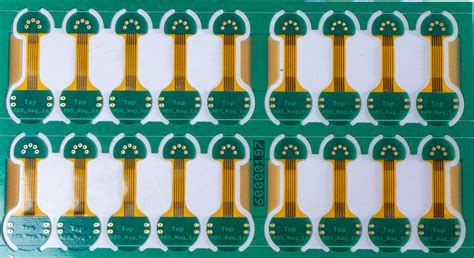
(1)Association diagram method
When analyzing the reasons for the low pass rate, we tried the association diagram method. Because we did not manage well, the workers did not maintain the machines well. Because the workers did not maintain the machines well, the equipment produced many defective products. Most of the defective products were caused by the lack of skilled workers, the lack of training for novices, and the inadequate quality inspection. Later, we increased the training of employees, and the product qualification rate also rebounded.The association diagram method is a method of using arrows to logically represent the relationship between causes, results, purposes, means, and other complex and intertwined problems, so as to determine the main influencing factors. It is also called the relationship diagram method.
(2)KJ (Affinity Diagram) Method
The core of the KJ (Affinity Diagram) method is the brainstorming method, which is to find the cause based on the result. At a quality analysis meeting, we reviewed the reasons for the decline in quality qualification rate in recent times.
We asked everyone to analyze the reasons for the decline in quality in detail and then propose corresponding improvement measures. Because the reasons for the decline in quality were more complicated, everyone remained silent, which once limited the meeting to a deadlock.
Later, the host guided everyone that everyone could put forward every idea of their own. Now there is no requirement for specific analysis, but only to record the ideas, so that the discussion of the meeting can be carried out enthusiastically.
After the meeting, people will be organized to analyze and investigate these problems. In this way, not only the meeting can be carried out normally, but also the reasons for the decline in quality and improvement measures can be found. The KJ (affinity diagram) method can also be used for production efficiency and corporate financial analysis.
The KJ (affinity diagram) method was created by Jiro Kawakita of Japan. The tool of the KJ analysis method is the A-type diagram (the A-type diagram is only applicable to problems that require time to study and solve, not to simple problems that need to be solved immediately).
It is a method of classifying and comprehensively analyzing the collected data and information according to their similarities, also known as the card method.
The KJ analysis method is a method of creative thinking. The human brain is divided into two parts, left and right. Human thinking behavior is dominated by the left part of the brain, which is rational, not creative.
If the function of the left brain is suppressed and the right brain of the human brain is consciously activated, creative thinking can be carried out. The KJ analysis method is based on the above principles to analyze and solve problems.
Three, system diagram method When planning the quality system, the most commonly used method is the system diagram method.
Our quality department is divided into several processes. How many people are needed for incoming material inspection, the job requirements of the personnel on duty, what kind of training should be given to them, each person’s responsibilities, the tools they use, the inspection operation manual, the inspection form, the feedback of quality information, etc.;
how many people are needed for process inspection, warehousing inspection and shipment inspection, the job requirements of the personnel on duty, what kind of training should be given to them, each person’s responsibilities, the tools they use, the inspection operation manual, the inspection form, the feedback of quality information, etc.
System diagram method is also called tree diagram method.
In order to achieve the goal, it is necessary to choose means. The previous goal is related to the next means. This kind of goal and means are linked to each other and unfolded step by step. The diagram is called system diagram method. It can be used to systematically analyze the cause of the problem and determine the solution to the problem.
Fourth, matrix diagram method
When analyzing the relationship between raw materials and quality, the matrix diagram method can be used. The fabric of the electric blanket has an impact on the appearance and sewing, but no impact on safety. The PVC heating wire has a great impact on the safety of electrical appliances, but a small impact on the appearance, etc.
Matrix diagram method is to use the form of a mathematical matrix to express the relationship between factors, explore the problem and come up with a solution. It is a method of multi-dimensional thinking and problem analysis.
6. Matrix data analysis method When analyzing the function of a product, the matrix data analysis method is often used.
For example, when analyzing the function of an electric blanket: the impact of product safety performance is level 10, which has a significant impact on the product; the impact of the product function is level 9, which has a great impact on the product; the impact of an occasional skipped stitch in sewing is level 0, which generally has no impact on the product.
Matrix data analysis method is a method for studying data processing of paired factor groups to determine the degree of influence of each factor on the result. According to the degree of influence of each factor on the event, it can be divided into 0-10 levels, among which “10” has the greatest impact and “0” has no impact.
7. PDPC (Process, Decision, Procedure, Chart) Method When arranging the process of a product, the PDPC method can be used.
For example, what are the advantages of arranging route A? What are the disadvantages? What is our production efficiency and quality control level? For example, what are the advantages of arranging route B? What are the disadvantages? What is our production efficiency and quality control level? What about the C route? Is there a better way? Then choose an optimal process route map.
The PDPC method is an analysis method that conducts preliminary prediction and analysis of possible predicted problems in the initial stage of system design and planning to achieve an ideal state. It is also called the process decision procedure diagram method and the major accident prediction diagram method.
The PDPC method is not limited by human factors.
It takes the actual situation as the starting point to consider what method to take, predict possible results, propose strategies to achieve the goal, and determine the final solution to the problem.
Seventh, the vector diagram method The vector diagram method is generally used in production planning.
Which process should be produced first and which process should be produced later, and how many days they each require. When planning production, we must examine the balance of process production capacity and the storage time of raw materials. We use the vector diagram method to analyze and find the most economical and time-optimized production route map.
The vector diagram method is also called the network technology (PERT) method, also called the critical path method (CPM). It is an analysis method to formulate the best schedule, find the best route, and complete the project progress efficiently.

